When it comes to building a new home or living space, there are a variety of options available. Two popular options that have gained significant attention in recent years are pole barn homes and barndominiums. While both of these structures share similarities, they also have notable differences that make them each unique. Let’s explore a pole barn home vs barndominium.
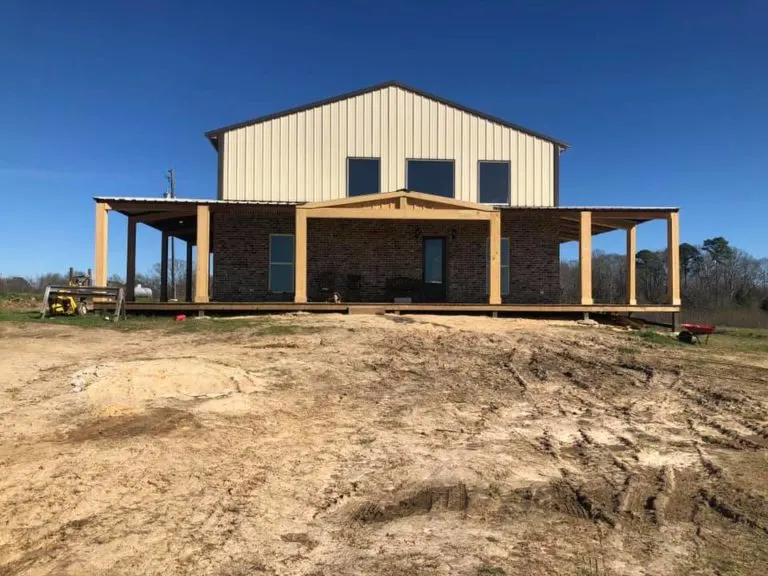
Page Contents
Pole Barn Home vs Barndominium
Pole barn homes are traditional barn-style homes that are constructed using post-frame construction techniques. These homes feature large open spaces and high ceilings, making them ideal for homeowners who are looking for a rustic and spacious living environment. Pole barn homes are often used for agricultural purposes or as storage buildings, but they can also be transformed into comfortable and stylish living spaces.
On the other hand, barndominiums are a newer concept that combines the functionality of a barn with the comfort and style of a modern home. Barndominiums are typically built using steel or metal frames and offer a wide range of design options, making them a popular choice for homeowners who want a custom-built living space that is both functional and aesthetically pleasing. Barndominiums are also known for their energy efficiency and durability, making them an attractive option for those who are looking for a low-maintenance home.
Whether you are considering a pole barn home or a barndominium, it is important to weigh the pros and cons of each option to determine which one is best suited for your needs and lifestyle. Both types of structures offer unique advantages and disadvantages, and the decision ultimately comes down to personal preference and budget.
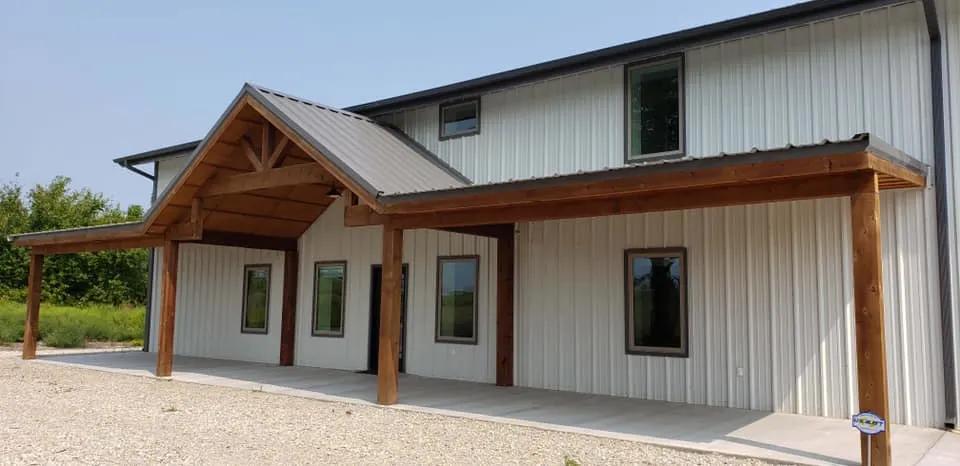
What Is a Barndominium?
The first barndominiums were pole barns with living quarters added. Some of these designs were built on steel frame barns while others were built on wood post-frame pole barns. When people talk about barndominiums today, they are typically referring to steel-frame buildings.
The frame consists of thick steel columns, which makes it easier to use large, open floor plans. The columns are often spaced 12 to 20 feet apart.

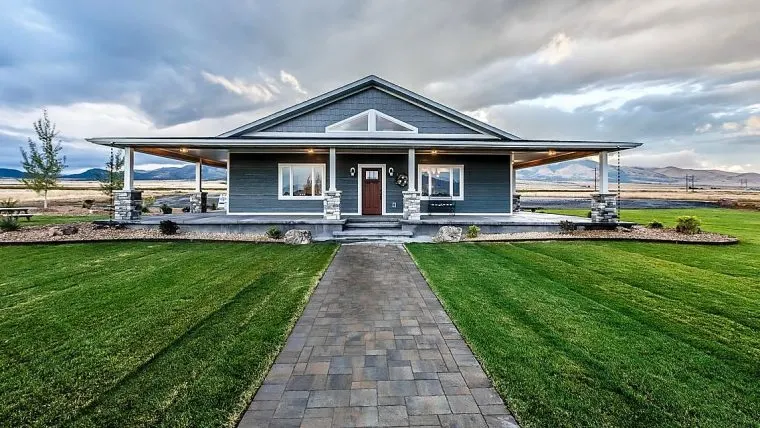
Unlike a traditional wood stud home, the interior does not need load-bearing walls. The steel frame offers more than enough support for the roof beams and rafters.
The columns are mounted to a concrete foundation. While many barndominiums have slab concrete foundations, you can also build a steel frame over a partial or full basement.
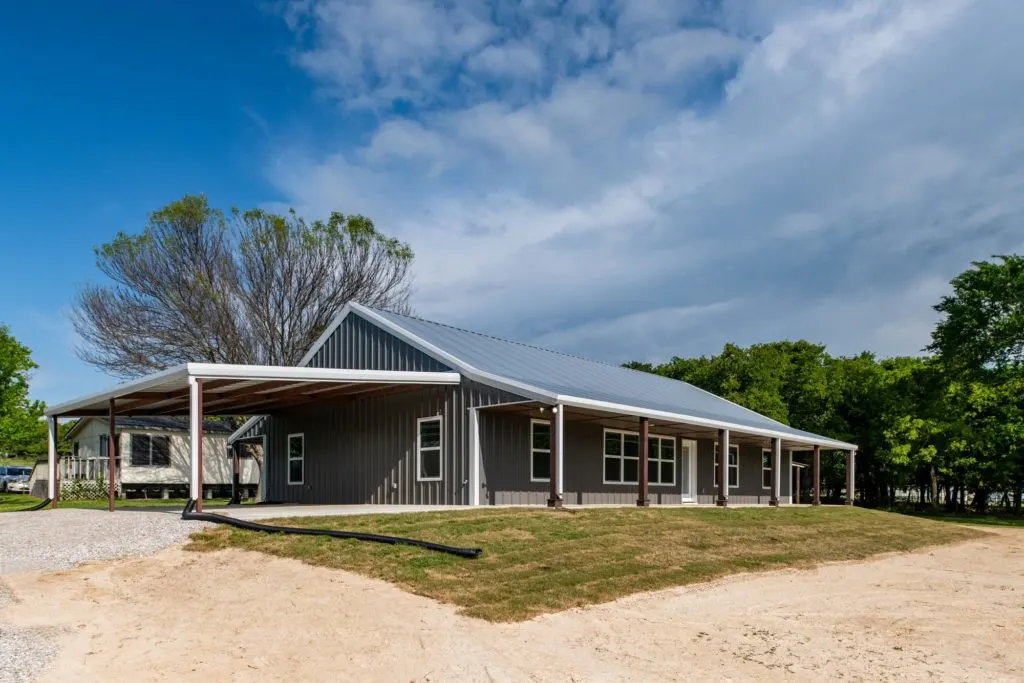
The exterior walls are typically covered in metal siding or aluminum siding. Most barndominiums also have metal roofing.
What Is a Pole Barn Home?
A pole barn home is a residential property built using wood post-frame construction. Instead of steel columns, a pole barn home is built with wood posts that are anchored in the ground.
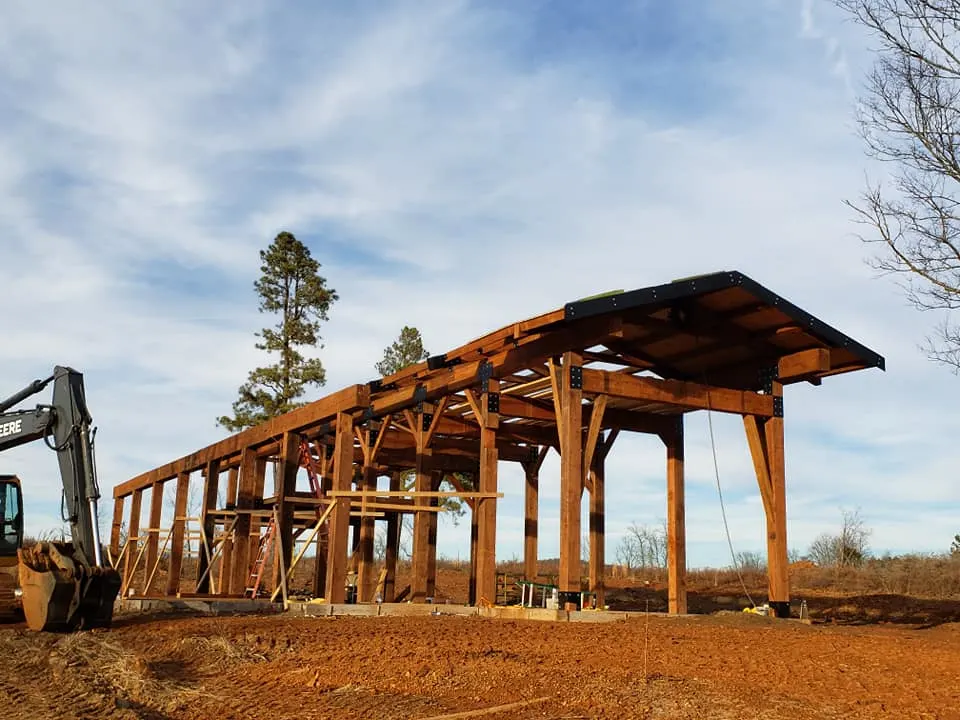
The wood posts are typically spaced 8 to 12 feet apart. Wood frames tend to use closer spacing compared to steel frames, as the wood posts offer less support. However, the wood post-frame design remains more stable compared to a traditional wood stud frame.
As with a steel barndominium, a pole barn home can have open floor plans. The design possibilities are almost endless, as the post-frame eliminates the need for load-bearing walls.
Pole Barn Home vs Barndominium – Overview of the Benefits
Choosing between a pole barn home vs barndominium is not an easy decision. Both choices provide unique benefits, but it is easy to get overwhelmed when comparing the pros and cons.
Start by reviewing the benefits of building a steel barndominium:
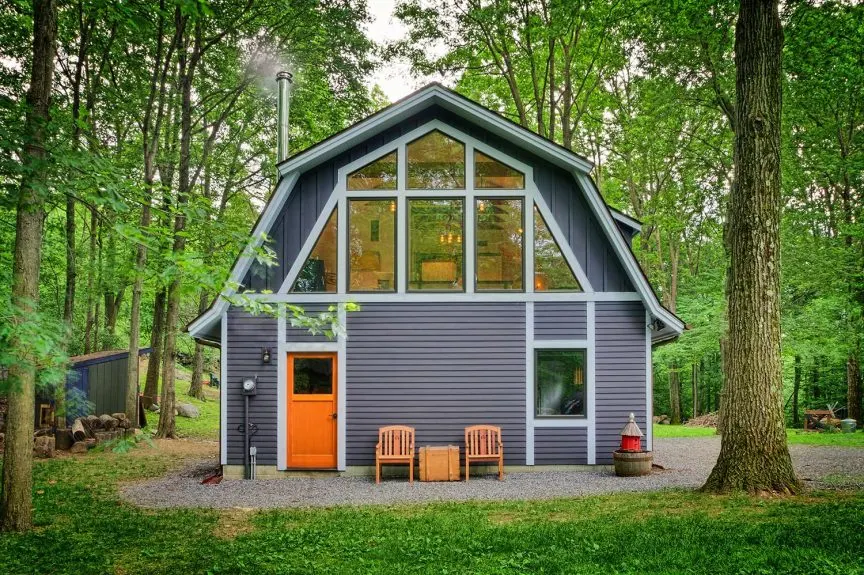
- Long-lasting frames
- Greater protection
- Fire resistance
- Lower insurance costs
- More design possibilities
These are just a few of the reasons to build a steel barndominium. However, you should also look at the potential advantages of a pole barn home:

- Lower construction costs
- Faster construction process
- Pole barns are rust-resistant
Along with these benefits, both options provide advantages compared to building a traditional home with a wood stud frame. A stud frame typically consists of double 2x4s spaced about 16 inches apart.
The frame is anchored to a concrete foundation. However, to support the roof, the interior requires load-bearing walls. This limits the design options when choosing the floor plan.
Traditional homes also cost more to construct. Building a stud frame requires more labor compared to erecting a wood or steel post frame. The framing for interior walls and the placement of load-bearing walls also increase the cost.
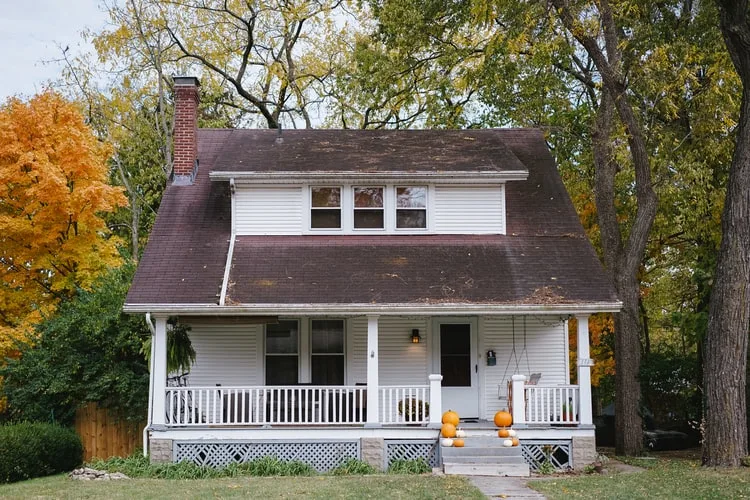
The average home costs about $100 to $200 per square foot to build.
A steel barndominium may cost $20 to $90 per square foot, depending on how much of the construction you handle without contractors.
The cost of a pole barn home ranges between $15 and $35 per square foot but may cost more with finished interiors.
No matter if you choose a steel barndominium or a pole barn home, you are likely to save money compared to building a traditional home.
So, how do you decide between a pole barn and a steel building? Here is a closer look at the advantages offered by each choice.
Do Steel Buildings Last Longer?
Steel barndominiums have durable steel frames that can last well over 100 years.
Unlike wood, steel is not prone to rot. The main threat is corrosion, but there are ways to protect a barndominium from rust, such as proper insulation and using galvanized steel.
When building the steel frame, the columns are anchored to a concrete foundation. The steel frame does not shift as the ground settles. It remains fixed in place.
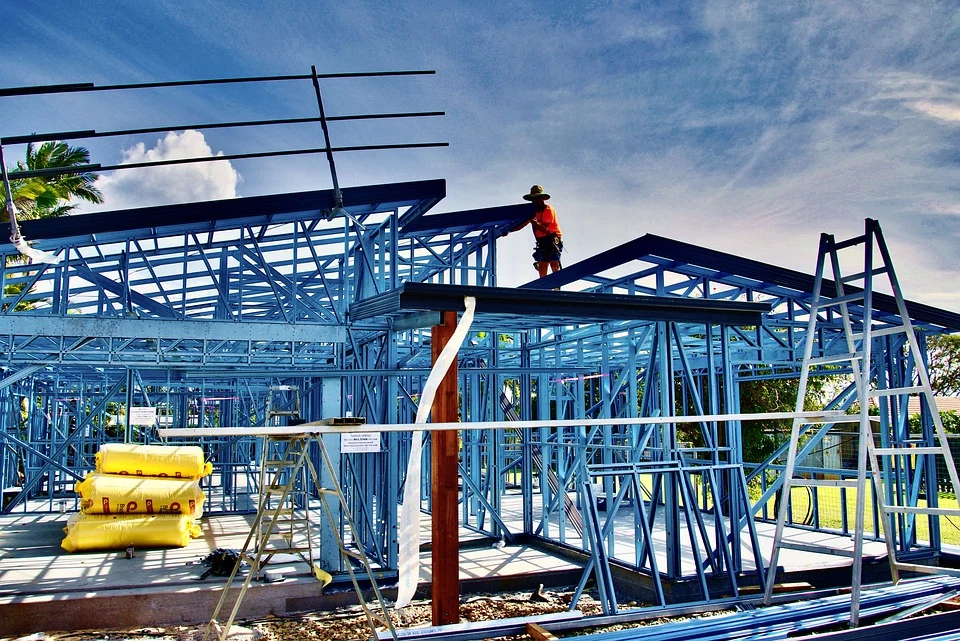
Whether you build a traditional wood home or a pole barn home, the wood frame can shift. As the posts or studs shift, the drywall may crack. The overall structural integrity of the frame gradually weakens.
With proper maintenance, a wood frame can last over 100 years. However, most wood homes suffer from ground settling and the natural degradation of the wood.
By preventing the frame of the house from shifting, a barndominium is less likely to suffer from the same wear and tear that wood homes suffer from.
Barndominiums Are More Stable

The stable steel structure of a barndominium offers superior protection against the elements. Strong winds and harmful weather are less likely to cause major damage to a steel building.
A steel frame can withstand stronger forces compared to wood frames. The typical steel building can withstand winds up to 170 mph. Tornadoes can produce wind speeds up to 110 mph but often travel at speeds between 20 and 30 mph.
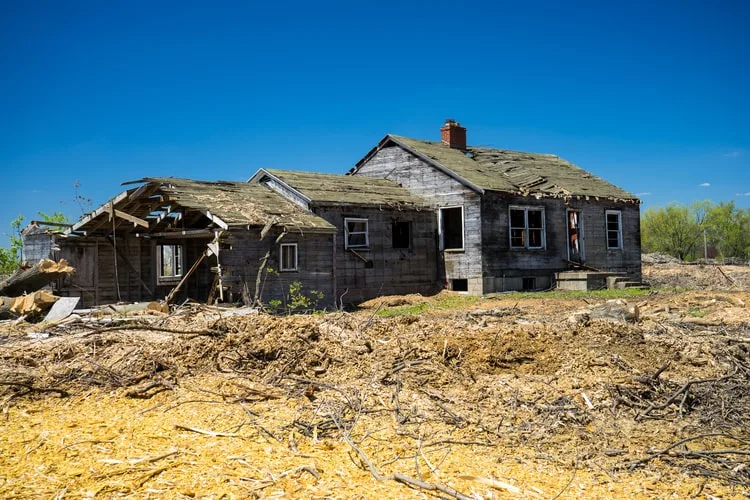
Severe weather is always a concern when you live in a wood home. A tornado, debris from a storm, and heavy winds can cause moderate to severe damage to a wood frame.
As wind or debris hits the side of the house, wood posts or studs may splinter or crack. This may also increase the severity of shifting caused by the ground settling.
Are Barndominiums Fire Resistant?
Steel frames are fire-resistant. Steel melts at a temperature of about 2,500 degrees Fahrenheit. Wood starts combusting at about 572 degrees Fahrenheit and turns to ash at 1,112 degrees.
The heat from a typical house fire often reaches between 1,100 and 1,500 degrees. While a fire may destroy portions of the exterior and interior of a steel barndominium, it is unlikely to destroy the frame.
This reduces the risk of the structure collapsing, which could determine the difference between life and death during a severe fire.
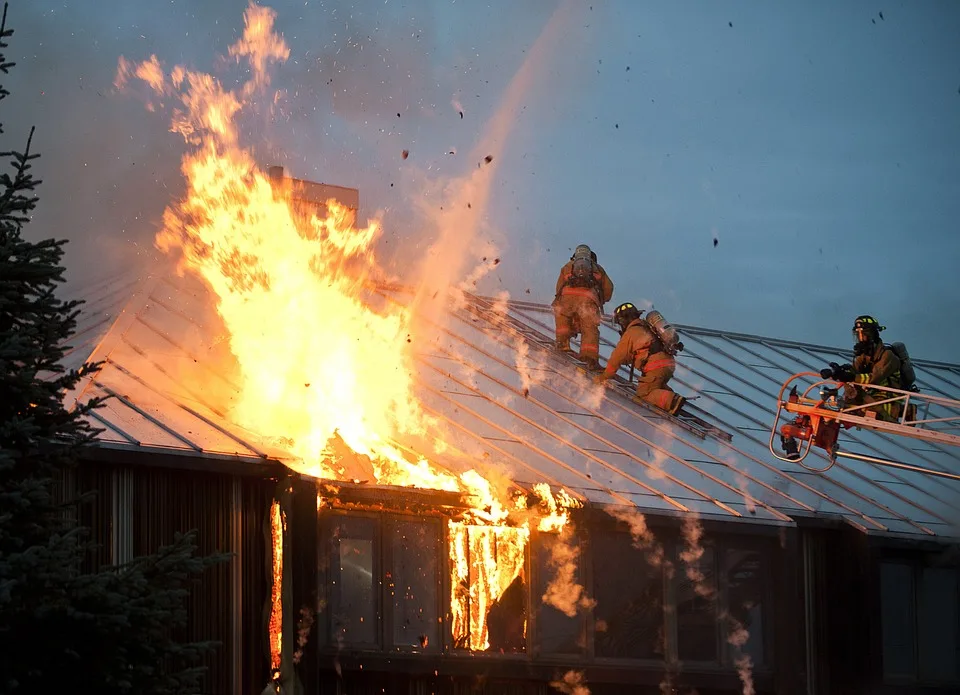
If you choose to build a pole barn home, consider using fire-retardant insulation. You can also use fire barrier paint to add a protective coating to exterior features.
Steel Protects Against Mold, Rot, and Pests
Rust is a concern with steel buildings, but it is a manageable problem. The threats to a wood frame are greater. The main threats to a wood home are pests, rot, and mold.
Termites can cause serious damage to a wood frame over a short period. A termite colony can weaken the structure of a home within a few months and destroy it within a year or two.
You do not need to worry about termites with a steel building. Termites search for wood, not steel. While rot and mold rarely pose serious risks to a steel barndominium, they can still appear.
Moisture caused by leaks may eventually penetrate the wall cavities, soaking the insulation and promoting mold growth. Interior leaks may slowly rot the wood frames used for interior walls.
Rot and mold are concerns for any type of building, but the risks are greater when you live in a wood home. Pools of water around the sides of the pole barn home can expose the wood posts to moisture, increasing the threat of wood rot and mold growth.
Rot or mold may damage the interior frames of a steel building. With a pole barn home, rot and mold can damage the interior or exterior. If the wood frame starts to rot, it may become inhabitable.
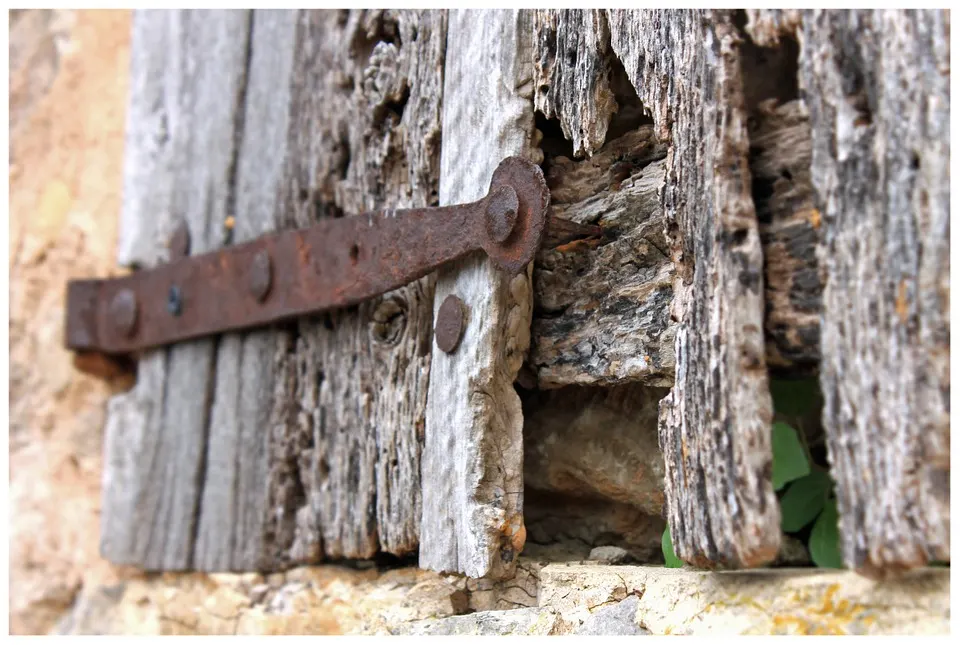
Insurance Costs Less for Steel Buildings
Many insurance providers still do not know how to treat steel barndominiums. You may occasionally find higher costs compared to insuring a traditional wood stud home. However, the barndominium insurance costs are still likely to be lower compared to a pole barn home.
Pole barn homes are not the most stable structures. There is an increased risk of damage from severe weather and accidents. These risks drive up the cost of insurance.
According to one review of insurance prices, insurance for a steel barndominium may cost up to 40% less than insuring a pole barn home.
Pole Barns Are Inexpensive to Build
After exploring the benefits of steel barndominiums, weigh the advantages of building a pole barn home. The first advantage is the cost. Pole barn homes are often less expensive to construct due to lower prices for materials and less labor.

Materials typically cost about $15 to $25 per square foot. You may pay an additional $5 to $10 per square foot to hire professional labor. Barndominiums cost close to $20 to $40 per square foot for materials.
If you purchase the kit and complete most of the construction without contractors, you may spend less. However, you are still likely to spend more compared to building a pole barn home. It is also possible to build a pole barn home without a foundation.
Laying a foundation can cost between $5,000 and $20,000, depending on the size and type. For example, a slab foundation may only cost several thousand dollars, but a full basement foundation will cost much more.
Pole Barn Homes Are Quick to Build

In rural areas, it is not uncommon to have a barn-raising party, allowing you to get the frame up in a single day. Even without the assistance of neighbors and friends, erecting a pole barn frame does not take long.
Pole barn homes are also typically quicker to build when the design does not include a foundation. If you decide to build a basement foundation for a steel barndominium, you may need to wait about two months before starting work on the frame.
Pole Barns Are Rust Resistant
Steel buildings are prone to rust when not properly protected from moisture. Rust is not a major concern when you build a wooden home.
The nails, screws, and bolts used to build the wood frame may eventually rust if exposed to water. However, this is unlikely to create a serious problem or impact the structural integrity of the wood frame.
Which Type of Frame Should You Use?

Steel barndominiums come with a longer list of benefits compared to pole barn homes. Pole barn homes are often less expensive and quicker to build, as they do not require a concrete foundation. However, the advantages end there.
Keep in mind that pole barn homes are not always less expensive and quicker to build.
The contractors that you hire, the materials that you use, and even your region can impact the total construction costs. You may also pay more for insurance.
While both options offer many benefits over a traditional wood stud home, steel barndominiums stand out due to their durability and efficiency.
Rust is not a threat to pole barn homes, but you do need to worry about pests, rot, and fires. A wood frame can slowly rot when exposed to moisture. Pests, such as termites, can also gradually destroy the structure.
Steel barndominiums offer protection against those threats. Termites cannot eat steel. Moisture may cause rust, but the potential damage is less severe compared to wood rot on a post-frame building.
The structural integrity of a steel building is also superior. If you live in an area that frequently experiences severe weather, you may prefer the security of a steel frame.
Pole Barn Home vs Barndominiums
In the end, you should choose the type of construction that meets your specific needs. If you dislike the idea of living in a steel building, consider building a pole barn home. You can still enjoy many benefits compared to building a traditional home.
If you want the most durable, long-lasting home, consider building a steel barndominium. Barndominiums can last longer than a lifetime and offer an endless selection of interior layouts and designs.
And to give you the best guidance on your barndominium journey, we have created the Barndominium Life Program! Get the program and learn everything about barndos.
If you would like more guides like this one, check out the rest of BarndominiumLife.com. There, you will find more helpful tips and tricks from the pros. You will also find featured barndominiums, barndominium floor plans, and information on financing and insurance. Knowing as much as you can will help you get the best results for your dream home.
Gail currently spends her free time geeking out about what’s new and trending in the world of barndominiums.
She is the former executive editor of BarndominiumLife.com and loves working with the team and members of the barndominium community. She now contributes to the blog on occasion, but only when she feels like it!

Kathleen Wankel
Monday 21st of October 2024
Do you know of any barndominiums that are set up as a museum?